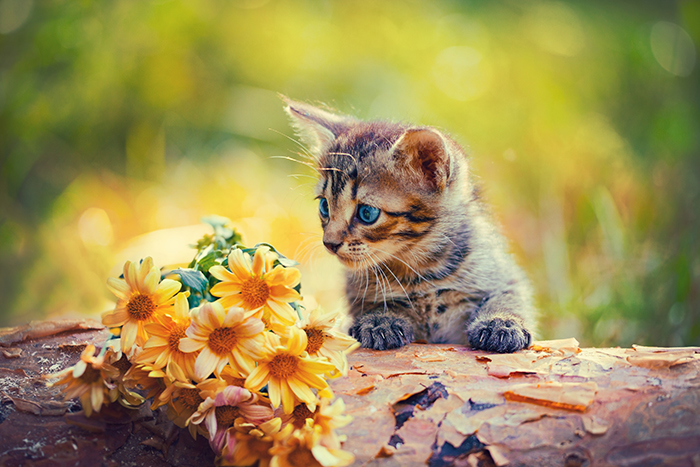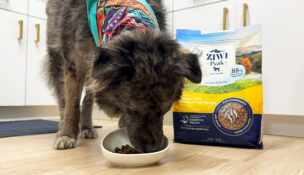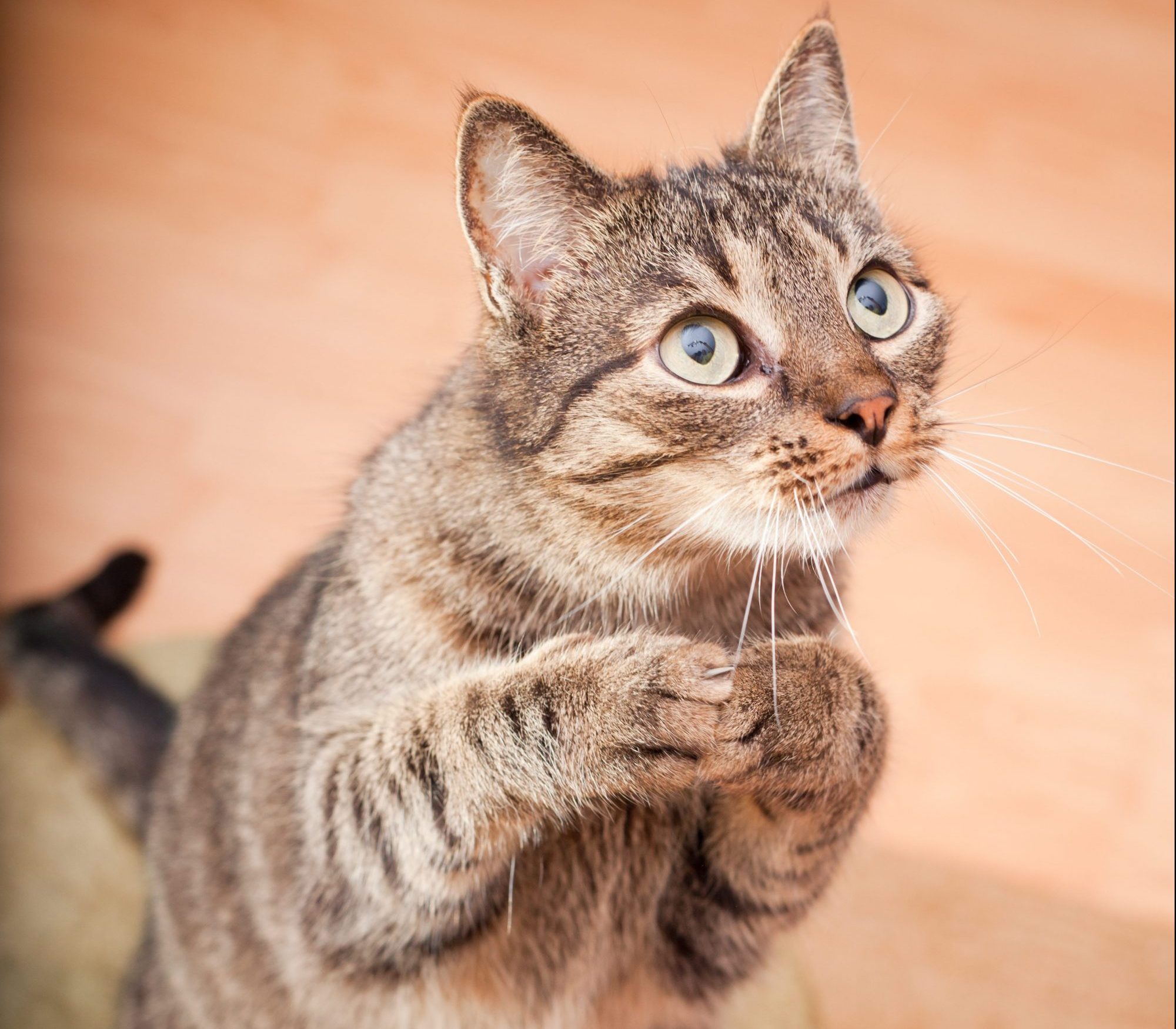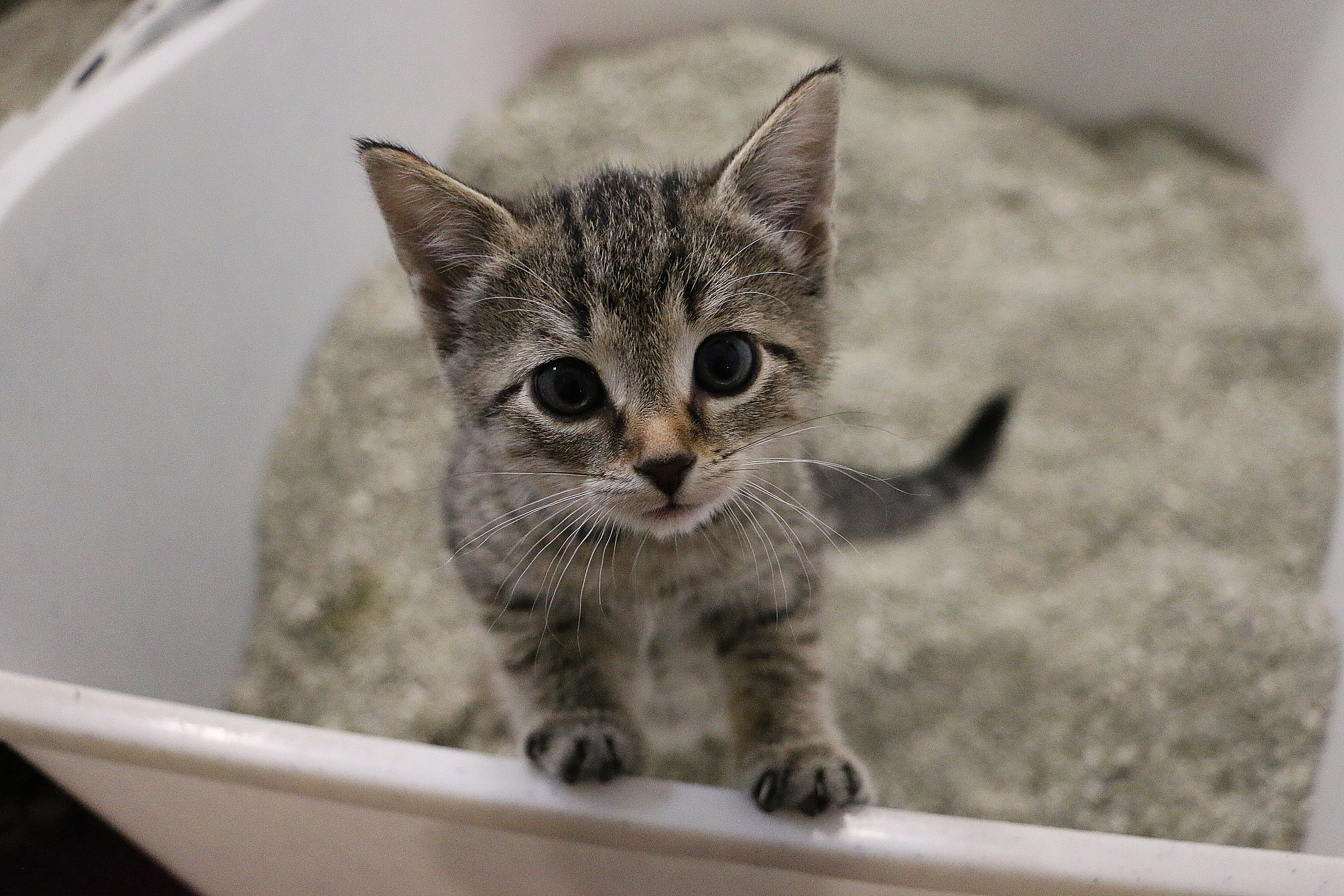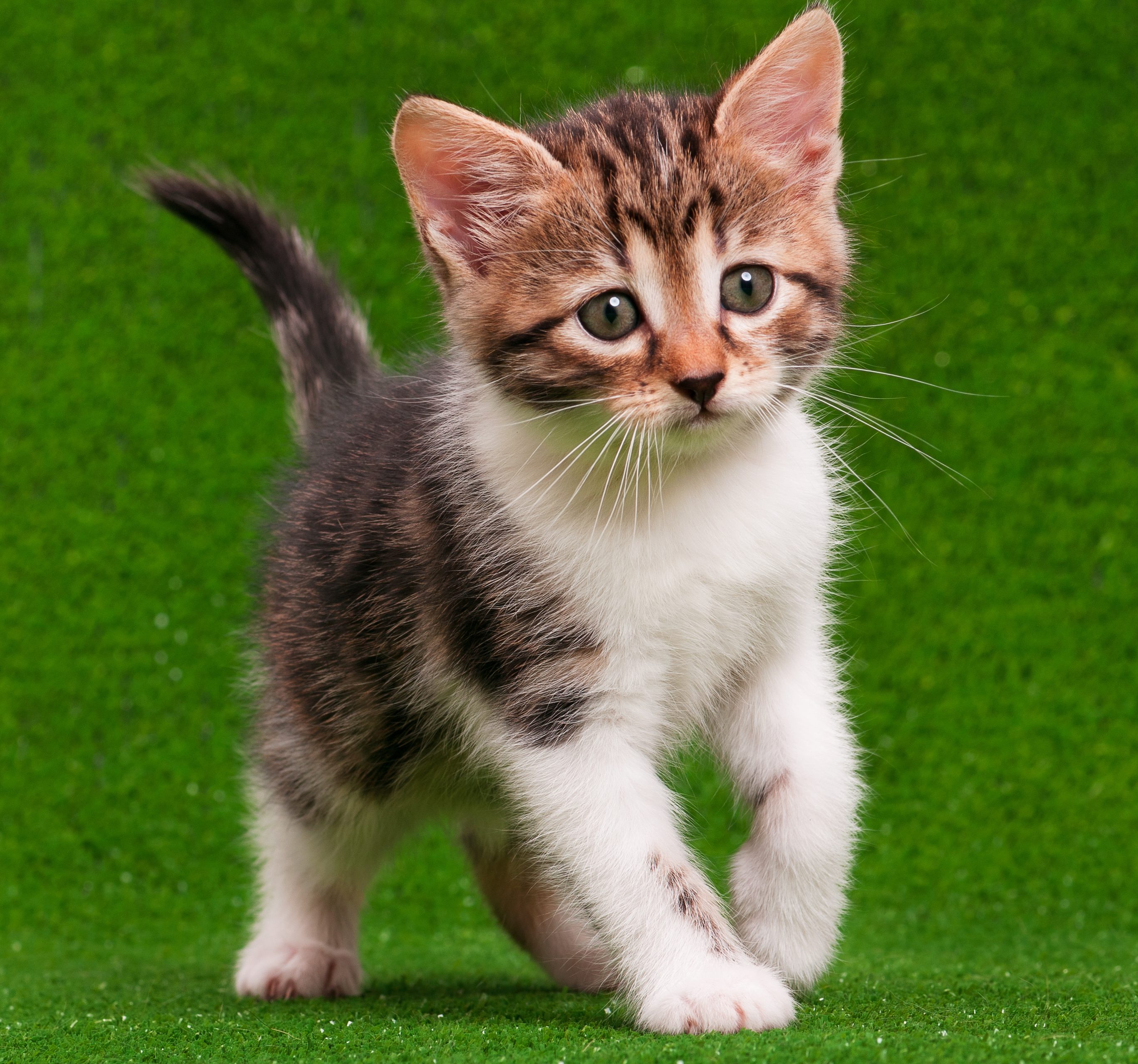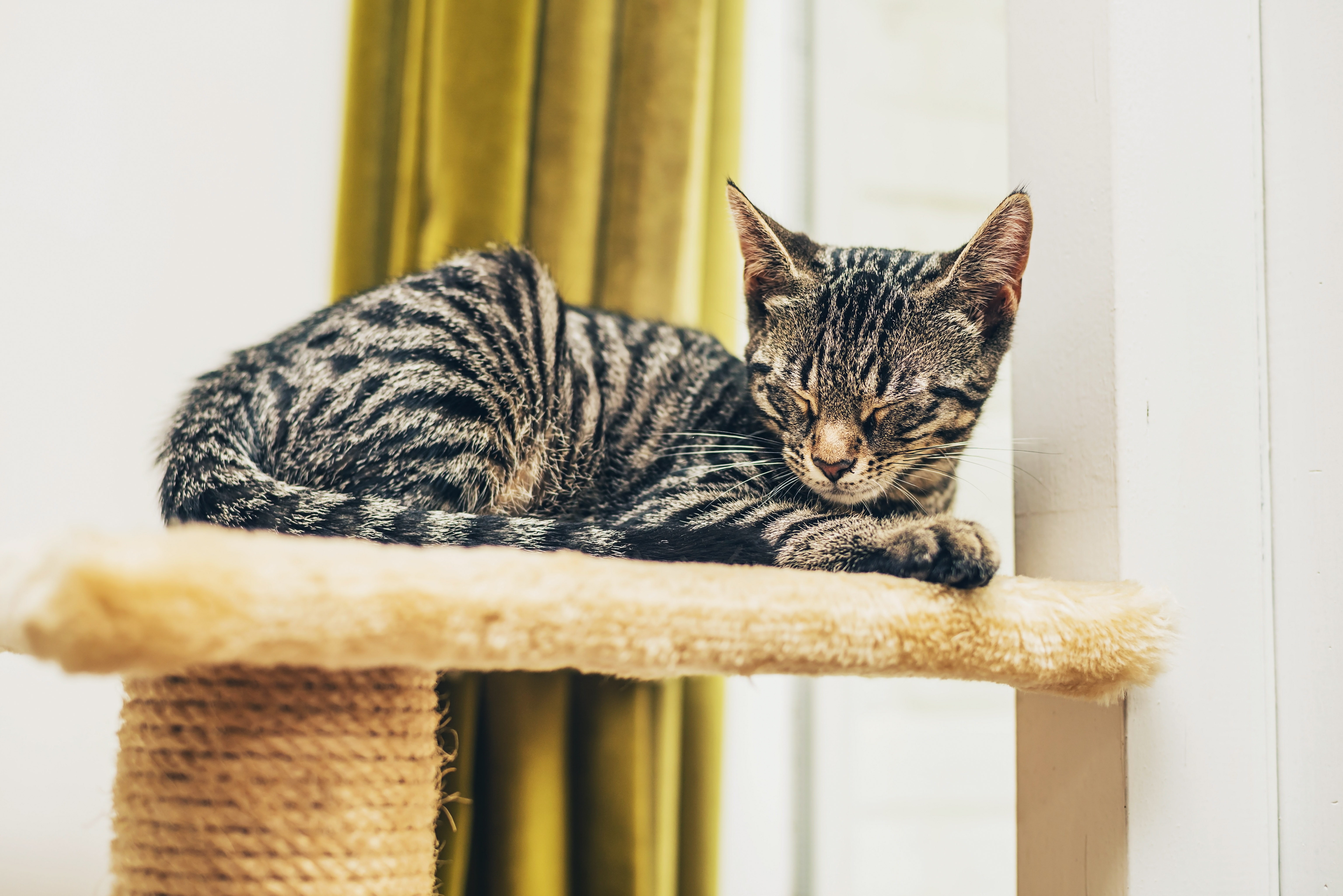Eco-Friendly Options
Stacy Mantle //October 10, 2016//
Once upon a time, it was difficult to be a cat owner while remaining loyal to our environment. But eco-friendly practices have changed dramatically over the years and these days there are plenty of ways cat owners can make healthier choices for both their pets and the environment.
Cat litters are now made from nearly every type of natural material—from recycled paper to green tea leaves. While some manufacturers still rely on the tried and true clay or silica litters, there are plenty of new options that are better for your feline friend as well as the environment.
“Sustainability and stewardship of our resources are paramount,” said Anthony Giudice, vice president of Weruva. “That’s why we source products that have been salvaged from other industries for our natural Hinoki wood and green tea cat litter.”
Hinoki, a wood from the cypress family, naturally suppresses the growth of mold and bacteria which in turn helps control odor. Green tea leaves contain the antioxidant properties of catechins, which naturally helps suppress the growth of bacteria and odor.
Healthy Pet is another company stepping up to provide eco-friendly litter options. ökocat Soft Step is made from sustainably-harvested, lightweight wood granules that are perfect for seniors cats, kittens, or other cats with sensitive paws. Similar to the texture of clay litter, Soft Step makes it easy to transition cats to a natural, eco-friendly litter. This biodegradable line of natural cat litters offers up five times its weight in absorption, 7-day odor control, and an all around lighter-weight and environmentally-friendly alternative to clay litter.
They aren’t the only ones implementing alternative materials. Companies like Next Gen Pets utilize a combination of recycled wood and green tea leaves to make their eco-friendly cat litter. World’s Best Cat Litter is made from whole-kernel corn; Yesterday’s News uses recycled paper to create a dust-free, eco-friendly litter; Swheat Scoop utilizes natural enzymes from renewable wheat crops; and Benevo is made from non-genetically modified maize and other vegetable derivatives.
There are plenty of environmentally friendly toys for cats, as well. Choosing toys made from renewable or recycled resources can go a long ways towards making you and your cat better earth stewards. Favorite natural materials include hemp, bamboo and wool.
Hemp is one of the earliest domesticated plants and thrives in nearly any climate. This fast-growing plant is nearly 100-percent biodegradable and every part of the plant can be used. It’s naturally anti-bacterial, anti-microbial, and mildew-free. Hemp toys are wonderful ways to be environmentally friendly and cats love the natural fiber.
“We choose to use hemp to make our products due to his strong and durable nature,” said Pascal Bedard, Owner of From The Field. “Hemp fiber is a renewable, earth friendly replacement for paper, cotton, and other synthetics building material. Hemp seed oil is a cost effective food and clean energy source. We believe in creating products that are biodegradable, pet-safe and pet-friendly.”
Honest Pet Products integrates an “earth-first” and fair-trade agreements in every one of their toys. They are handcrafted by rural Mongolian women supporting their impoverished families and protecting the snow leopards in Mongolia. Their “eco-pouncer toys” come in a variety of sizes and even feature natural, braided yak hair tail.
“The Eco Pouncer was one of our first natural cat toys and it stimulates cats for hours of safe, natural exercise and fun,” said Mary Wolff, founder of Honest Pet. “They are handcrafted by rural Mongolian women supporting their impoverished families and protecting the snow leopards in Mongolia.”
West Paw Design takes their environmental commitment seriously. From constructing an eco-friendly, state-of-the-art manufacturing facility in Bozeman, Montana, to creating near-zero-waste cat toys, West Paw Design takes their commitment to the environment very seriously. Materials such as IntelliLoft has diverted nearly 8.2 million plastic bottles from landfills. West Paw Design even encourages customers to return their old toys to be recycled into new toys.
“Today’s pet loving consumers are willing to spend more on products that are great for the planet, its pets and its people…but a ‘green’ decision does not have to mean ‘more expensive’,” said Eric Abbey, President of Loving Pets. “Bambu Bowls are the best-selling recycled pet product in the Loving Pets line, made from crushed bamboo, cornstarch and water, is a lightweight bowl, easily handled by the curved cut-out forms around the base of the bowl.”
This year, Worldwise will effectively prevent the equivalent of over 100,000,000, 16.9-oz plastic bottles from ever reaching landfills and will use them to make your pet happier. Many of their products include a soybean-based foam called Benefoam, an alternative to the more typical petrochemically-based foams used in some dog beds. Worldwise products also use a recycled fiberfill blend called EcoRest made from post-consumer recycled plastic bottles to add puff and fluff to dog and cat beds and soft toys. These are inexpensive and eco-friendly options for cat beds.
Collars are another natural choice for bamboo and Wagging Green has created a line of dog collars made with a double layer of soft, organic Bamboo fiber that are attractive and affordable. The company also offers a “Wagging Green recycling program” that encourages customers to return their old collars and receive discount on a new one.
Pelcor pet products are crafted in Europe using the highest-quality cork skin harvested from the sustainable cork oak forests of southern Portugal. With cork’s organic, dappled appearance, no two Pelcor pet accessories are exactly alike.
By making a commitment to carry products made from sustainable, renewable materials, it’s possible for retailers to differentiate themselves from big box stores. For education and guidance, look to professional organizations such as the Forest Stewardship Council, which sets standards for exemplary forestry that includes environmental, social and economic values; and the Pet Industry Sustainability Coalition, which strives to be the leading organization for sustainable advancement in the pet industry and promotes creative collaboration throughout the pet industry that prioritizes business-minded solutions for sincere environmental improvement.
“Retailers have the opportunity to educate consumers about which products and brands support the environment,” said Eric Abbey, President of Loving Pets. “We hope that retailers will consider creating an end cap specifically for earth-friendly products and highlight brands making a difference.”
Other eco-friendly options include cardboard cat scratchers; wool, palm, and cork toys; and scratchers, beds, and bowls made from a plethora of other natural fibers.
